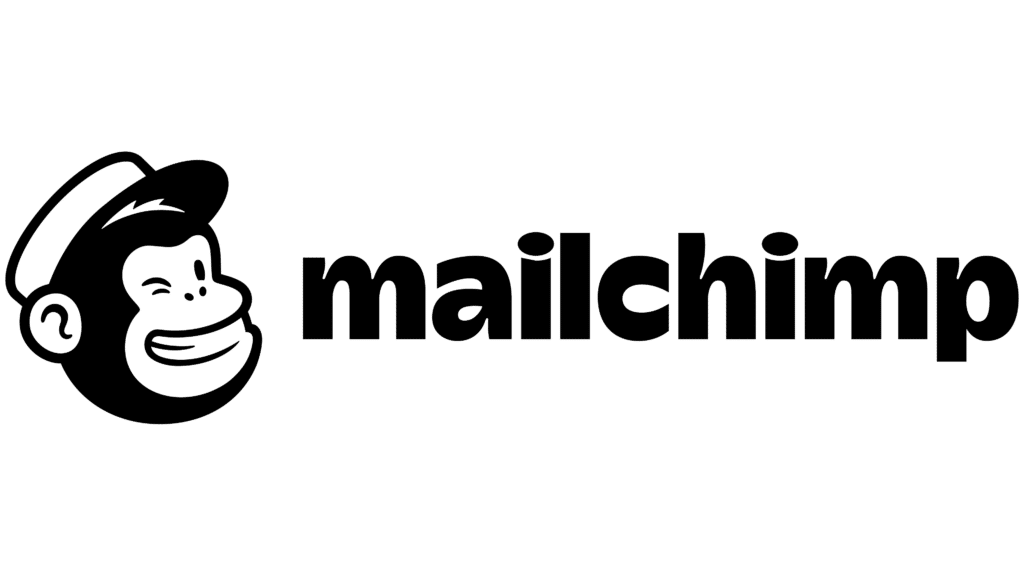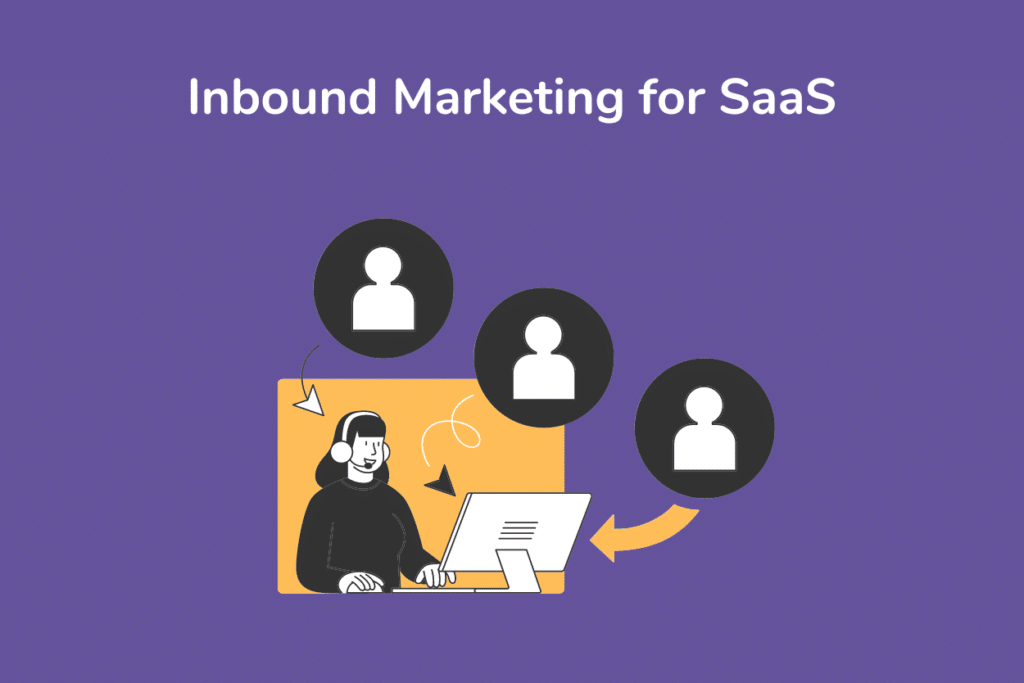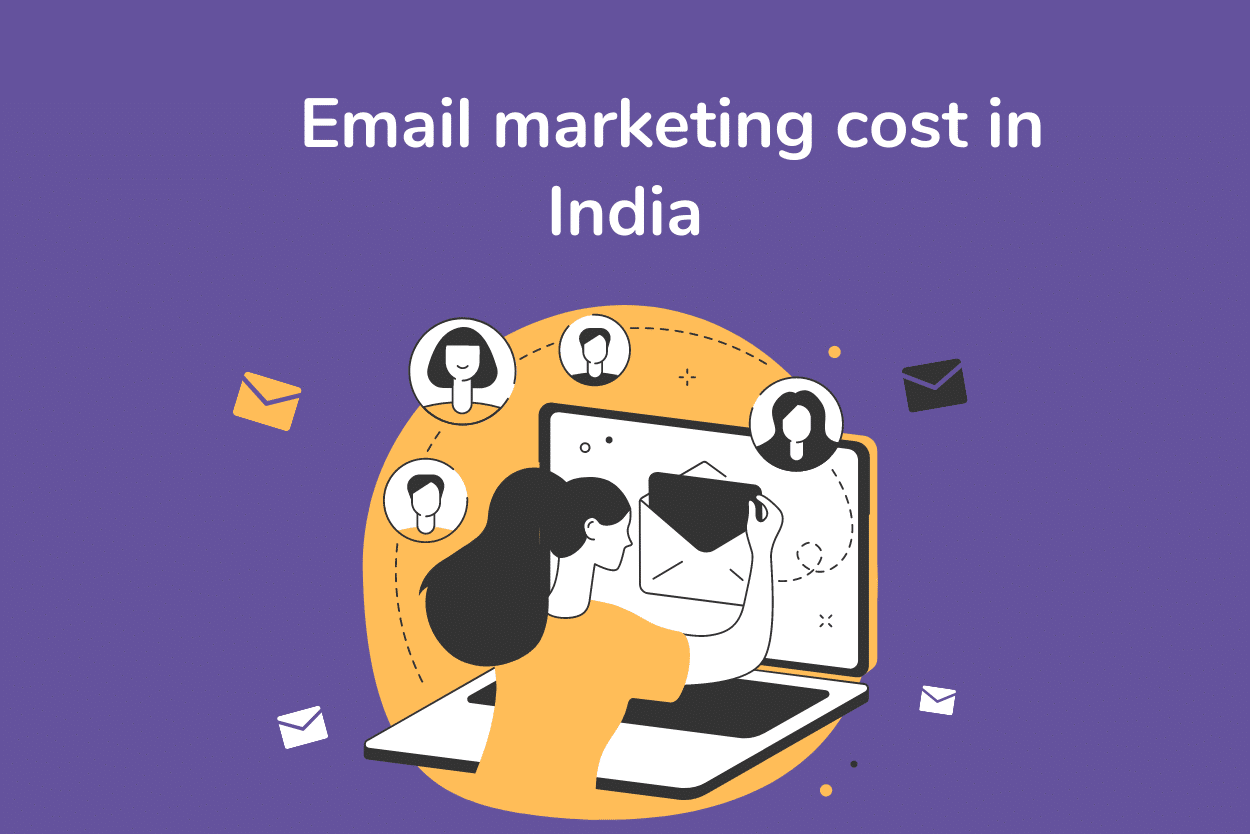
For the most part, SaaS businesses cannot afford to distinguish themselves using more traditional outbound marketing tactics; inbound marketing has become a quite capable alternative to them. It focuses on the ways to prove valuable in attracting, engaging, and delighting customers through meaningful and relevant content in the highly competitive SaaS industry.
47% of users will view 3 to 5 pieces of content before seeking out a sales representative.
This approach allows for the building of trust, establishment of your brand as a thought leader in the industry, and driving sustainable growth. This blog will examine everything about inbound marketing for SaaS compared with outbound marketing and give you proven strategies, tips, and tools to help enhance any marketing effort.
What is Inbound Marketing for SaaS?
Inbound marketing for SaaS helps to attract potential customers by using valuable content and personalization. From there, it is different from outbound traditional techniques that always have a way of breaking into customers’ lives, by means of ad blasts and cold calls.
Rather, inbound attracts customers by answering their needs and solving their problems. It builds trust and establishes your brand as one of the most reliable resources.
Comparing SaaS Inbound Marketing and Outbound Marketing
Here’s a comparison of SaaS inbound marketing and outbound marketing presented in a table format:
| Aspect | Inbound Marketing | Outbound Marketing |
| Definition | Attracts customers through valuable content and personalized experiences. | Reaches out to potential customers through direct methods like ads, cold calls, and emails. |
| Approach | Pull strategy: draws customers in by providing solutions to their problems. | Push strategy: interrupts potential customers with promotional messages. |
| Content | Blogs, eBooks, webinars, social media posts, SEO-optimized content. | Paid ads, cold emails, direct mail, telemarketing. |
| Cost | Generally more cost-effective in the long term. | Can be expensive due to advertising costs and lower ROI over time. |
| Engagement | Builds trust and credibility by addressing customer needs. | Often perceived as intrusive and can lead to lower engagement rates. |
| Lead Quality | Attracts higher-quality leads who are already interested in your solutions. | May attract a broad audience, including those not interested in your product. |
| Time to Results | Takes longer to see results but provides sustainable growth. | Provides quicker results but may suffer from diminishing returns. |
| Scalability | Highly scalable; content can continuously attract leads over time. | Limited scalability; effectiveness diminishes as outreach increases. |
| Customer Relationship | Focuses on building long-term relationships through valuable content and engagement. | Often transactional and focuses on immediate sales rather than long-term relationships. |
| Examples | HubSpot’s blog posts, webinars, SEO content. | Cold emails, Google Ads, direct mail campaigns. |
| Metrics | Measures success through organic traffic, lead conversion rates, and content engagement. | Measures success through ad impressions, click-through rates, and immediate responses. |
| ROI | Higher ROI in the long term due to sustainable customer acquisition and retention strategies. | Lower ROI over time due to high costs and limited engagement. |
5 Proven Inbound Marketing Strategies for SaaS Companies
For SaaS companies, inbound marketing is the key to attracting, engaging, and delighting their customers. In this regard, here are five proven strategies toward optimizing inbound marketing efforts:
1. Content Marketing
Overview: Content marketing is in the agglomeration of valuable, relevant, and consistent content aimed to attract and retain a clearly defined audience. In the context of a SaaS company, it would manifest in a high level of quality evident in blogs, eBooks, case studies, and webinars, to name just a few.
Implementation:
- Blog Posts: Regularly publish blog posts that address the pain points of your target audience. Use SEO best practices to ensure your content ranks well on search engines.
- Case Studies: Use these to illustrate your solution’s success stories with existing customers and to prove a point about the value of your product.
- Webinars and eBooks: Webinars and eBooks can offer in-depth knowledge and insight that is detailed in nature; these can also be proven to be effective in lead generation through sign-ups.
Benefits:
- Establishes your brand as an industry authority.
- Generates more organic traffic to your website.
- Build trust with your audience.
2. Search Engine Optimization (SEO)
Overview: SEO is the practice or process of optimizing your website, including the content and everything, for a search rank to give greater visibility in SERPs, hence drive more organic traffic.
Implementation:
- Keyword Research: Find and aim for keywords your potential customers would be searching for.
- On-Page SEO: Optimize meta tags, headings, and content with targeted keywords.
- Backlink Building: Gain high-quality backlinks from reputable websites to gain strong site authority.
Benefits:
- Increases organic traffic and lead generation.
- Increase online visibility and awareness of the brand.
- Improves user experience on your website.
3. Social Media Marketing
Overview: Social media marketing uses platforms like LinkedIn, Twitter, Facebook, and Instagram to share your contents in order to interact with your audiences and to drive visitors to your website.
Implementation:
- Content Sharing: Post your blog and case study on social media.
- Engagement: Engage your audience by answering comments, participating in discussions, and sharing industry news that is relevant to the discussions.
- Paid Social Ads: Come up with hyper-targeted ads for that exact demographic and direct the traffic to your landing pages.
Benefits:
- Facilitates brand visibility and brand awareness.
- Engages your audience in real time.
- Drives targeted traffic to your website.
4. Email Marketing
Overview: Email Marketing is a powerful form of marketing that nurtures your leads, keeps your customers, and drives conversions with the help of custom-made content received directly in subscribers’ inboxes.
Implementation:
- Lead Nurturing Campaigns: Create an automated email series that provides some value to the lead dependent on what stage they are at in their buyer’s journey.
- Newsletters: Send regular newsletters with updates, tips, and curated content to your audience.
- Personalization: Segmentation and personalization ensure all emails are relevant to subscribers’ interests and behavior.
Benefits:
- Builds and maintains relationships with prospects and customers.
- Increases customer retention and loyalty.
- Delivers quantified outcomes in the form of open rates, click-through rates, and conversions.
5. Webinars and Online Events
Overview: Hosting webinars and online events will help you dive deep into knowledge, showcase your expertise, and interact with your target market personally.
Implementation:
- Educational Webinars: Conduct webinars oriented in an educational format that tackle challenges your users face and possible solutions.
- Product Demos: Do live demos of your SaaS product to present its features and benefits.
- Interactive Q&A Sessions: Responses to question participants to address their questions and solicit feedback on priorities.
Benefits:
- Positions your brand as a thought leader.
- Puts in place direct engagement with potential customers.
- Generates high-quality leads through registrations and interactions.
All these inbound marketing strategies implemented by SaaS companies may hence be effectively seen to attract, engage, and convert the target masses, presenting the benefit of sustainable growth.
SaaS Inbound Marketing Methodology Tips from the Experts
Following are some expert tips for refining your inbound marketing strategy:
Focus on User Experience:
According to what Mike Khorev claims, having smooth UX on your website is compulsory for effective results in inbound marketing. A well-organized website with clear information will provide an easy way to take your visitors up the conversion path.
Personalize Your Outreach
SKALE iterates the need for personalization in all inbound-from content to emails. Make sure your messaging speaks to the unique needs of the different segments within your audience.
Test and Optimize Constantly
According to Helloroketto, inbound marketing is not a ‘set-it-and-forget-it’ activity. Keep testing landing pages, emails, and content to understand what works best with your audience.
Implementation Cost of Inbound Marketing (US & India)
The cost for implementing an inbound marketing strategy will greatly depend on the region and scale of your efforts.
| Region | Monthly Cost Range | Key Inclusions | Key Advantage |
| United States | $5,000 – $25,000 | Content creation, SEO, email marketing tools, paid advertising | Advanced tools and expertise |
| India | ₹50,000 – ₹3,00,000 | Content creation, SEO, email marketing tools, paid advertising | Lower labor costs, high-quality output |
- In fact, businesses can estimate to pay between $5,000 and $25,000 per month in the United States alone, depending on the level of intricacy of a campaign. This includes costs of content creation, SEO, email marketing tools, and paid advertising, if any.
- Inbound marketing efforts can range anywhere from ₹ 50,000 to ₹ 3,00,000 a month in India, given the varying degree of customization that a company needs and the services that are required. Firms based out of India can have relatively lower labor costs while maintaining high-quality output.
5 Tools to Develop and Evaluate Your Inbound Marketing Strategy
1. HubSpot:

It’s a full-service marketing platform containing tools for: Content Management; Search Engine Optimization ; Social Media; Email Marketing; and Analytics.
2. Google Analytics:

Needed for keeping track of website traffic, behavior, and conversion rates.
3. Ahrefs:

Ahrefs is a powerful SEO tool that offers keyword research, backlink analysis, and site audits to help you improve your search rankings and outperform competitors.
4. Mailchimp:

An email marketing tool for creating, sending, and analyzing email campaigns.
5. Hootsuite

A social media management tool to schedule posts, monitor engagement, and analyze performance across multiple platforms.
What to Expect From Your SaaS Inbound Marketing Strategy
Done right, an inbound marketing strategy will increase your website traffic with good leads, higher customer engagement, and brand loyalty.
Through the creation of value in its contents and contextual experiences, inbound marketing builds a self-sustaining cycle of growth that attracts and retains customers.
Reviewing and Enhancing Your B2B Inbound Marketing Strategy
Be sure to audit your inbound marketing strategy frequently so it stays aligned with the goals of your business and adapts to the condition of the markets. Be aware of where improvements are needed, test new tactics, and optimize based on performance data.
Collaborate with your sales team to make sure everyone is aligned and maximize the results from your marketing campaigns.
Conclusion
Inbound has paved the way toward what would have been considered unlikely strategies in attracting, engaging, and retaining customers in a hostile business environment: SaaS companies. So through valuable content creation, search engine optimization, social media networks, email nurture leads, and webinar audience engagement, it could build meaningful long-lasting relationships and drive growth for their SaaS businesses.
Success, in essence, is about constantly fine-tuning your approach, measuring its effectiveness, and adjusting to changing customer needs and market conditions. By applying these tried-and-tested, inbound marketing strategies in this blog, SaaS companies can achieve enhanced visibility and credibility but drive long-term success with a loyal customer base. No matter if you’re getting started with inbound marketing or trying to strengthen existing initiatives, these strategies lay the base on which to support attaining business goals.



![Marketing Manager Salary in India: Factors, Benefits, and Career Growth [2025]](https://wdcweb.com/wp-content/uploads/2023/01/Marketing-Manager-Salary-in-India.png)
